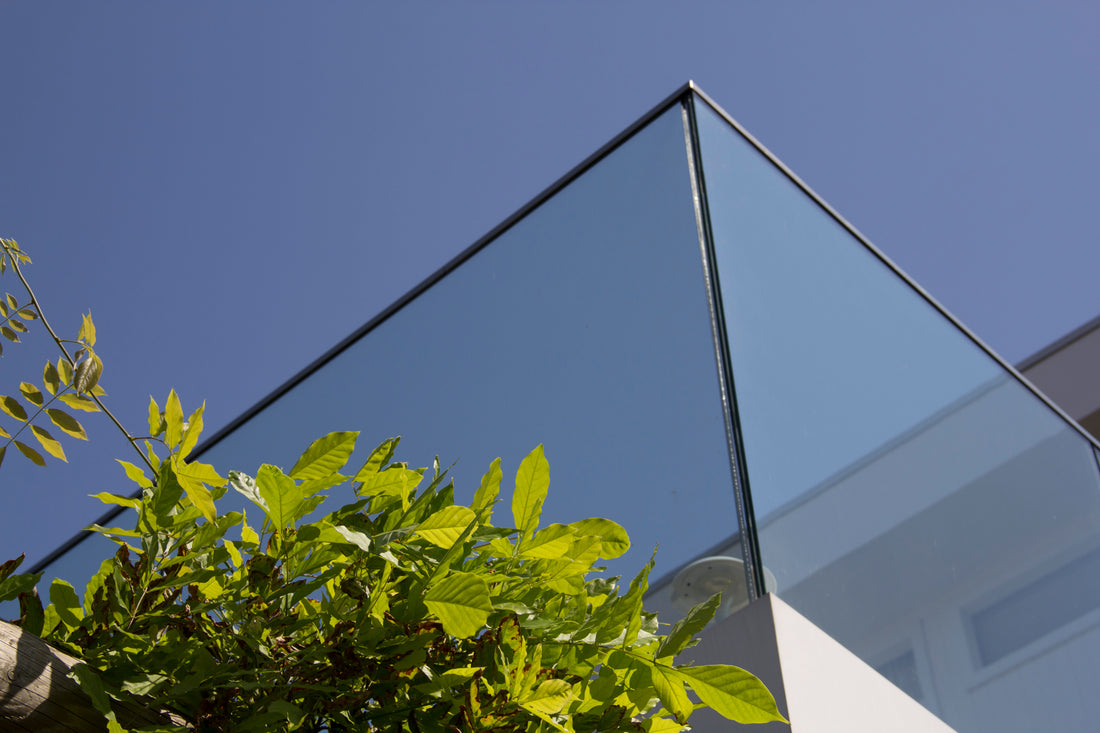Exploring the World of Laminated Glass: PVB, EVA, Sentry Interlayers, and GGF Glass Regulations
Glass technology has evolved significantly over the years, providing us with innovative solutions to enhance the safety, security, and aesthetic appeal of our living and working spaces. Laminated glass, a popular choice in modern architecture, owes its superior performance to interlayers such as Polyvinyl Butyral (PVB), Ethylene Vinyl Acetate (EVA), and Sentry interlayers. Additionally, compliance with regulations, such as those set by the Glass and Glazing Federation (GGF), ensures the highest standards in glass installations.
Understanding PVB, EVA, and Sentry Interlayers:
-
Polyvinyl Butyral (PVB): PVB is a widely used interlayer in laminated glass due to its excellent adhesive properties and optical clarity. It is a plastic material known for its ability to hold glass fragments together upon impact, preventing shattering. PVB interlayers provide sound insulation and effective protection against UV radiation, making them ideal for applications where safety and aesthetics are paramount.
-
Ethylene Vinyl Acetate (EVA): EVA interlayers offer similar benefits to PVB, with some unique advantages. EVA demonstrates better adhesion to materials like PET films, providing enhanced durability and resistance to yellowing over time. Its high-temperature resistance makes EVA suitable for applications where laminated glass might be exposed to elevated temperatures, such as in overhead glazing or facades.
-
Sentry Interlayers: Sentry interlayers represent a recent innovation in laminated glass technology. These interlayers utilise advanced materials and technologies to provide enhanced security, durability, and optical clarity. Sentry interlayers are designed to resist delamination and maintain structural integrity even in extreme conditions, making them suitable for high-performance applications in hurricane-prone regions.
GGF Glass Regulations:
The Glass and Glazing Federation (GGF) is a leading authority in the glass and glazing industry, providing guidance and setting standards to ensure the safety and quality of glass installations. The GGF regulations cover various aspects of glass, including its manufacturing, installation, and performance. Installers adhering to GGF standards ensure that the glass used meets the highest quality and safety requirements.
Advantages of Toughened and Laminated Glass:
-
Safety and Security: Toughened glass alone can provide increased strength, but in the event of breakage, it shatters into small, potentially sharp fragments. Laminated glass, on the other hand, holds together due to the interlayer, minimizing the risk of injuries. This is especially crucial in applications where safety is paramount, such as glass doors and windows.
-
Sound Insulation: Laminated glass, with its interlayers, acts as a sound barrier, reducing noise transmission. This makes it an excellent choice for environments where noise control is essential, such as in urban areas or near busy roadways.
-
UV Protection: Both toughened and laminated glass provide UV protection, preserving the integrity of furnishings and preventing fading over time. The interlayers in laminated glass offer an additional layer of defense against harmful UV rays.
This video helps demonstrate the difference between toughened monolithic glass panels, and laminated glass:
<iframe width="560" height="315" src="https://www.youtube.com/embed/qFa3gD1tssA?si=S7aX3vY6XaGFoygN" title="YouTube video player" frameborder="0" allow="accelerometer; autoplay; clipboard-write; encrypted-media; gyroscope; picture-in-picture; web-share" allowfullscreen></iframe>
In the world of glass technology, the choice between PVB, EVA, or Sentry interlayers in laminated glass depends on specific application requirements. Complying with regulations set by organizations like the GGF ensures that glass installations meet the highest industry standards. The combination of toughened and laminated glass not only enhances safety and security but also offers benefits in terms of sound insulation and UV protection, making it a superior choice for a wide range of architectural applications.

